Southern Pea Powdery Mildew Control – Treating Southern Peas With Powdery Mildew
Powdery mildew of southern peas is a fairly common issue. Usually, it doesn’t damage early planted peas, but it can destroy a late summer or fall crop. It is important to recognize the symptoms of southern peas with powdery mildew in order to come up with a management plan before the problem becomes too severe. The following article contains southern pea powdery mildew info and suggestions regarding southern pea powdery mildew control.
Symptoms of Powdery Mildew of Southern Peas
Powdery mildew affects a litany of other crops. In the case of southern peas with powdery mildew, the fungus Erysiphe polygoni is the culprit. This fungus appears as a tell-tale light gray to almost white powdery growth on the surface of leaves, pods, and occasionally the stems of the plant. New plant growth becomes contorted, dwarfed, and may yellow and drop. Pods are twisted and stunted. As the disease progresses, the entire plant may turn yellow and defoliate. Powdery mildew of southern peas is most common on older leaves and stems. The talc-like powdery mildew is made up of spores that are blown by the wind to infect nearby plants. As severe infections defoliate beans, yield reduction is reduced. The pods that do form develop purplish spotting and become distorted, thus unsalable. For commercial growers, this infection can be a huge economic loss. Powdery mildew reproduces during dry spells, although increased humidity increases the severity of the disease and periods of heavy dew foster infections. Not to be confused with downy mildew, powdery mildew does become severe during periods of low rainfall. Although the fungus is thought to survive on wild cucurbit and other weeds, no one really knows how it survives between crop seasons.
Southern Pea Powdery Mildew Control
Spray or dust with sulfur according to the manufacturer’s instructions once an infection of powdery mildew has been observed amongst the southern peas. Apply sulfur at 10 to 14 day intervals. Do not apply when temperatures exceed 90 degrees F. (32 C.) or on young plants. Otherwise, powdery mildew is best managed through cultural practices. If available, select resistant cultivars for planting. Only plant certified seed that has been treated with a fungicide. Practice crop rotation. Plant southern peas in a well-draining area and only water at the base of the plants. Post-harvest, remove crop debris that may harbor the fungus and allow it to overwinter.
Gardening tips, videos, info and more delivered right to your inbox!
Sign up for the Gardening Know How newsletter today and receive a free copy of our e-book "How to Grow Delicious Tomatoes".

Amy Grant has been gardening for 30 years and writing for 15. A professional chef and caterer, Amy's area of expertise is culinary gardening.
-
 Moody Blooms For Spring: 8 Types Of Black Flowers To Add Drama To Spring Displays
Moody Blooms For Spring: 8 Types Of Black Flowers To Add Drama To Spring DisplaysFrom midnight burgundies to inky violets, several types of black flowers can enrich and embolden a spring display. Try these brooding bloomers for a moody garden
By Tonya Barnett
-
 Can Snake Plants Live Outside? Everything You Need To Know For Snake Plants Al Fresco
Can Snake Plants Live Outside? Everything You Need To Know For Snake Plants Al FrescoSnake plants can live outside given the right conditions, but be careful that they don't take over! Learn the best way to use snake plants in your landscape.
By Mary Ellen Ellis
-
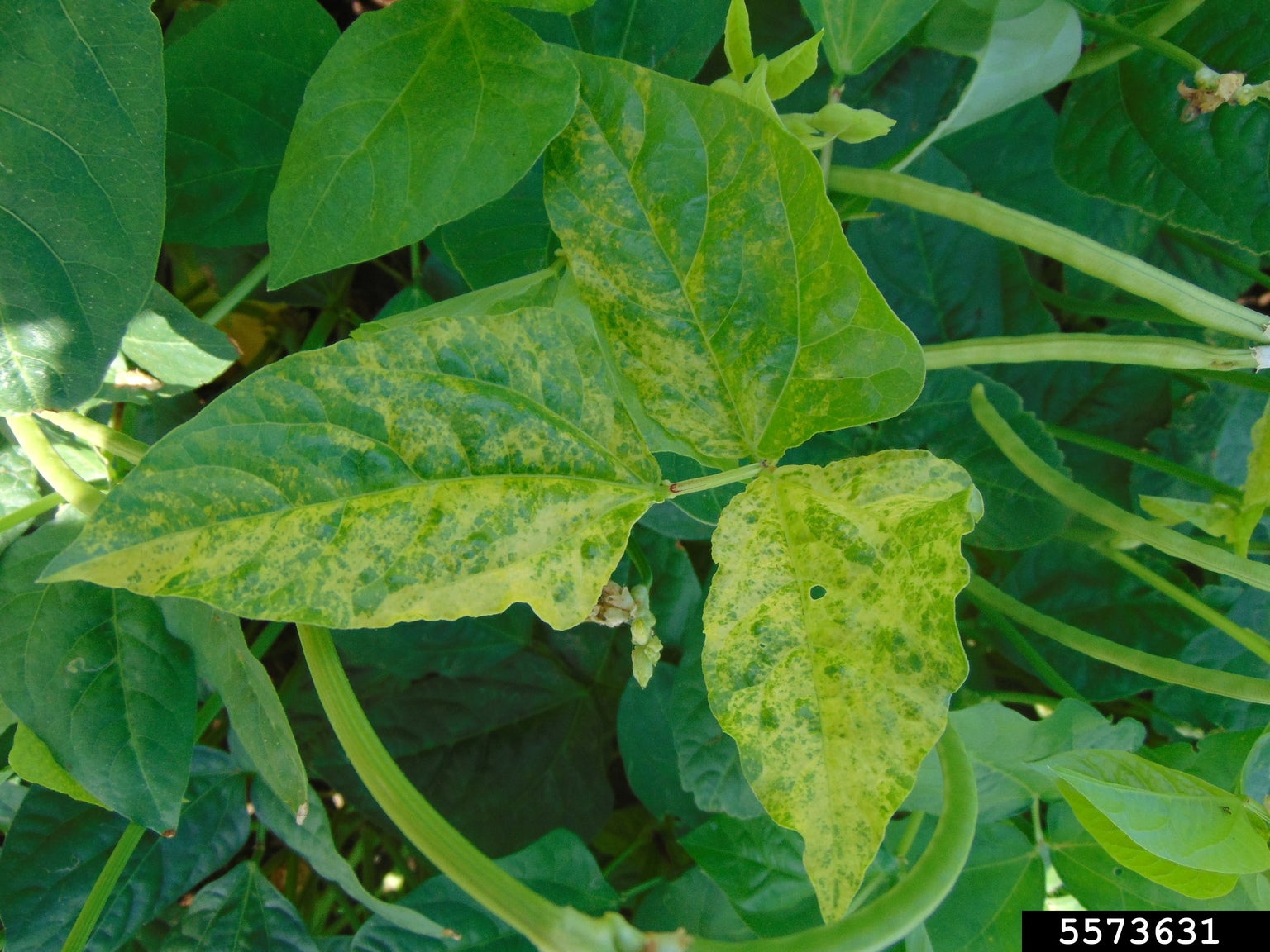 Southern Pea Mosaic Virus: Learn About Mosaic Virus Of Southern Pea Plants
Southern Pea Mosaic Virus: Learn About Mosaic Virus Of Southern Pea PlantsSouthern peas may be afflicted by a number of diseases, like southern pea mosaic virus. What are the symptoms of mosaic virus of southern peas? Learn how to identify southern peas with mosaic virus and control the virus in this article.
By Amy Grant
-
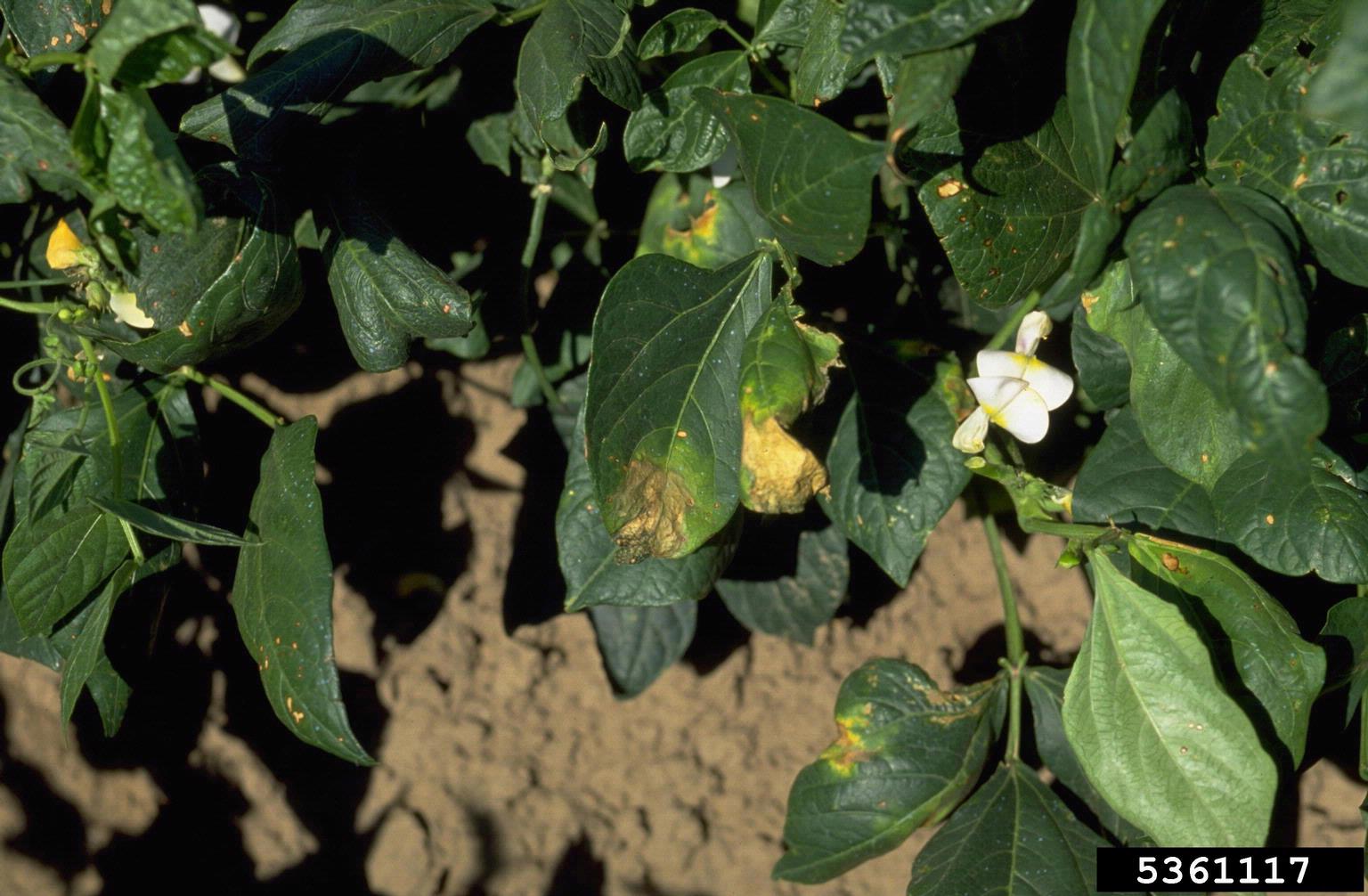 Burnt Southern Pea Leaves: Treating Southern Peas With Burnt Leaves
Burnt Southern Pea Leaves: Treating Southern Peas With Burnt LeavesSince the vegetables thrive in high heat regions, the cause of leaf burn on southern peas is rarely sunscald. Some investigation into the most common causes of leaf burn can help diagnose and treat the condition. Click here for more info on southern pea leaf burn.
By Bonnie L. Grant
-
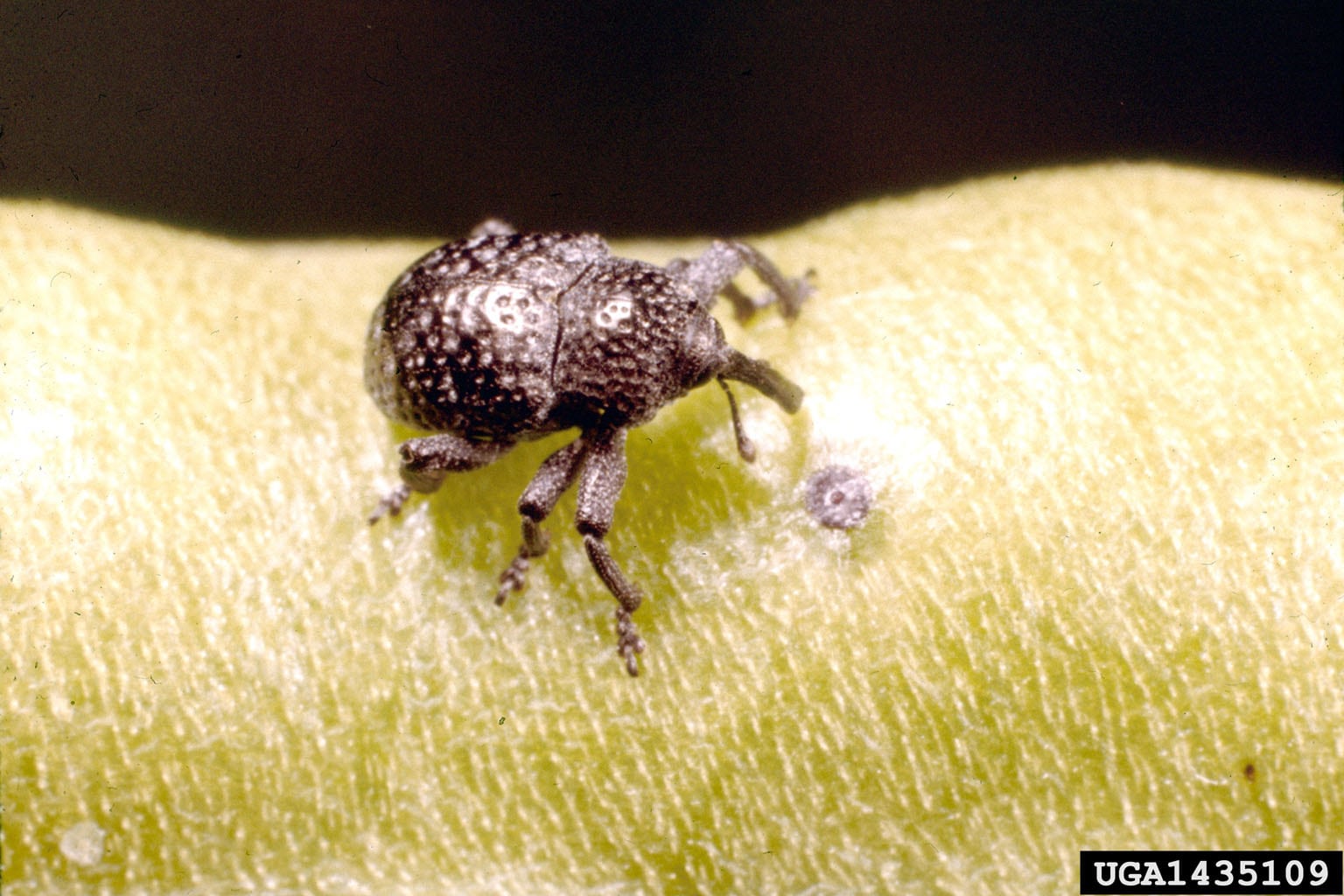 Cowpea Curculio Management – Information About Cowpea Curculio Damage
Cowpea Curculio Management – Information About Cowpea Curculio DamageThough the fast-maturing plants require minimal care, some pests could drastically impact cowpea yields. Knowing the signs of one such nuisance, cowpea curculio, will ensure that gardeners are better able to manage damage done to their plantings. This article will help.
By Tonya Barnett
-
Southern Pea Cotton Root Rot – Treating Texas Root Rot Of Cowpeas
Are you growing cowpeas or southern peas? If so, you'll want to know about Phymatotrichum root rot, also known as cotton root rot. For information about cowpea cotton root rot and its control, this article will help.
By Teo Spengler
-
Southern Pea Root Knot Nematode: Managing Root Knot Nematodes On Southern Peas
Southern peas with root-knot nematodes can suffer in multiple ways. The pathogen can damage the plants enough to reduce the harvest, but it can also make your peas vulnerable to other infections, including fungal and bacterial diseases. Learn more here.
By Mary Ellen Ellis
-
Southern Pea Pod Blight Control: Treating Pod Blight On Southern Peas
Southern peas seem to have a different name depending on what section of the country they're grown. Whether you call them cowpeas, field peas, crowder peas, or black-eyed peas, they are all susceptible to wet rot. Learn more in this article.
By Amy Grant
-
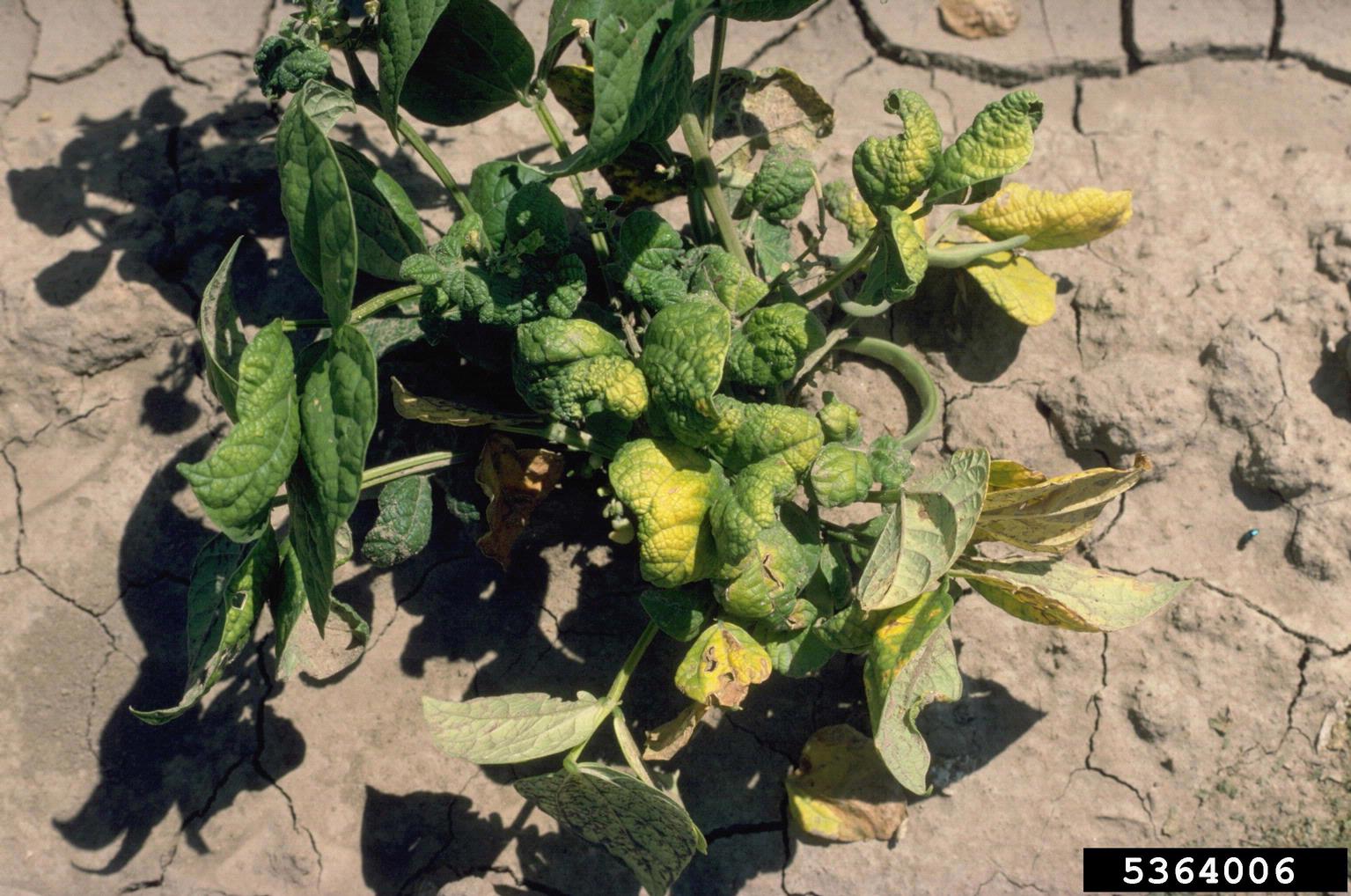 Cowpea Curly Top Virus – Learn To Manage Southern Peas With Curly Top Virus
Cowpea Curly Top Virus – Learn To Manage Southern Peas With Curly Top VirusSouthern pea curly top virus can leave your pea crop damaged if you don?t manage it. Transmitted by an insect, this virus attacks several types of garden vegetables and in southern pea or cowpeas, it can severely limit the year?s harvest. Learn more in this article.
By Mary Ellen Ellis
-
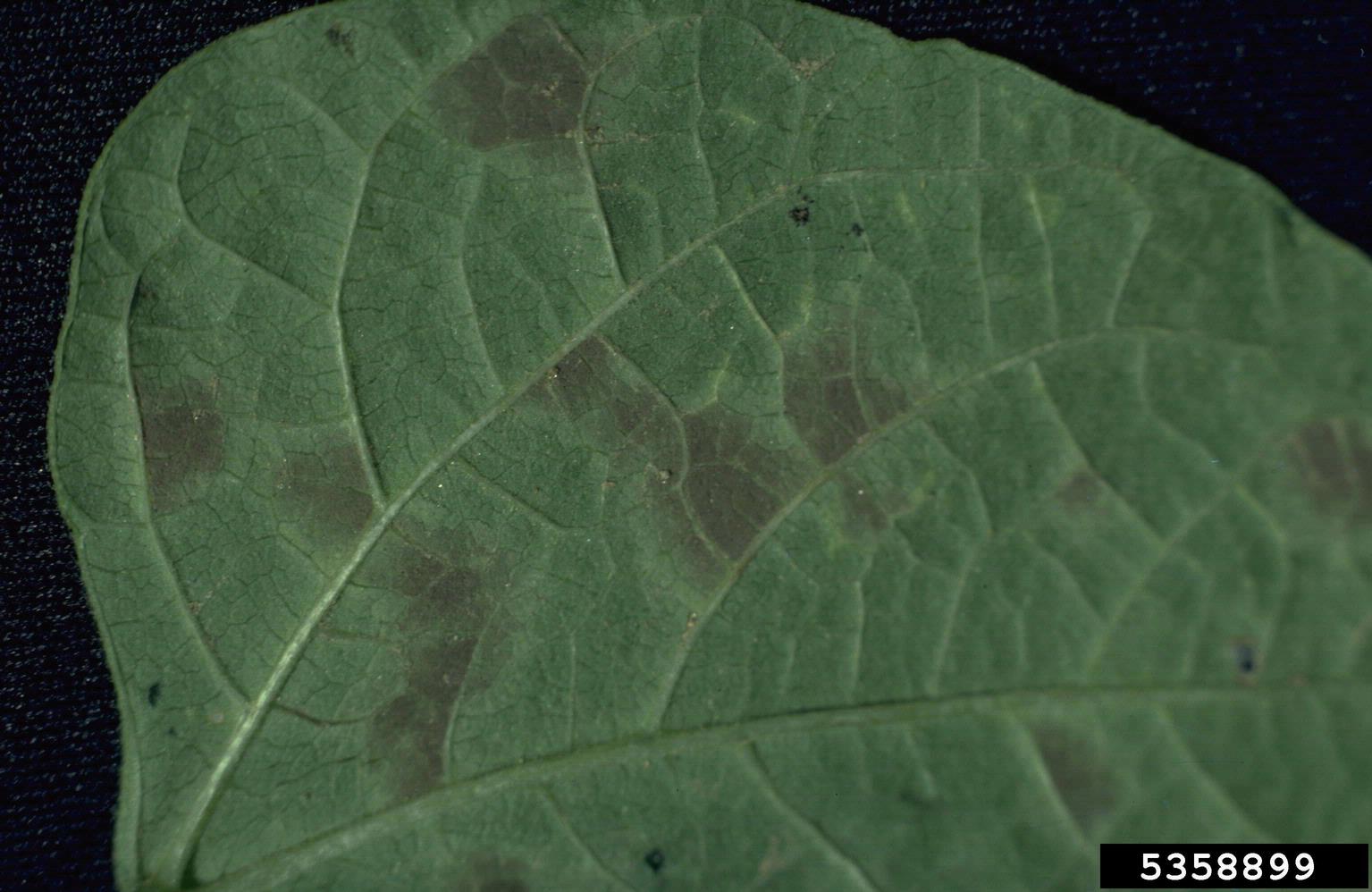 Cowpea Leaf Spot Diseases: Managing Southern Peas With Leaf Spots
Cowpea Leaf Spot Diseases: Managing Southern Peas With Leaf SpotsLeaf spots of cowpea, which can also affect lima beans and other legumes, causes significant crop loss in the southern United States. However, the fungus isn?t limited to the southern states and can also occur in other areas. Learn more here.
By Mary H. Dyer